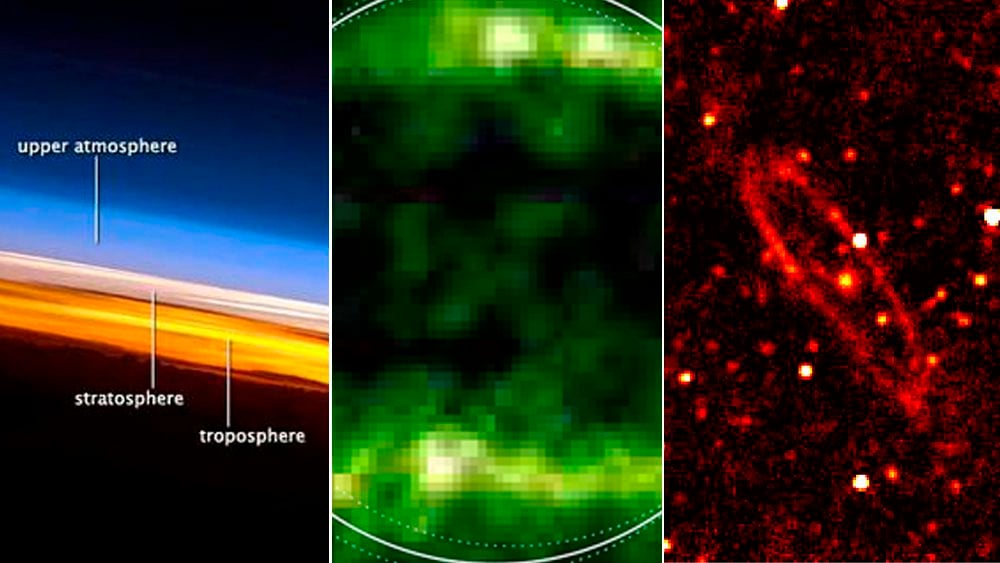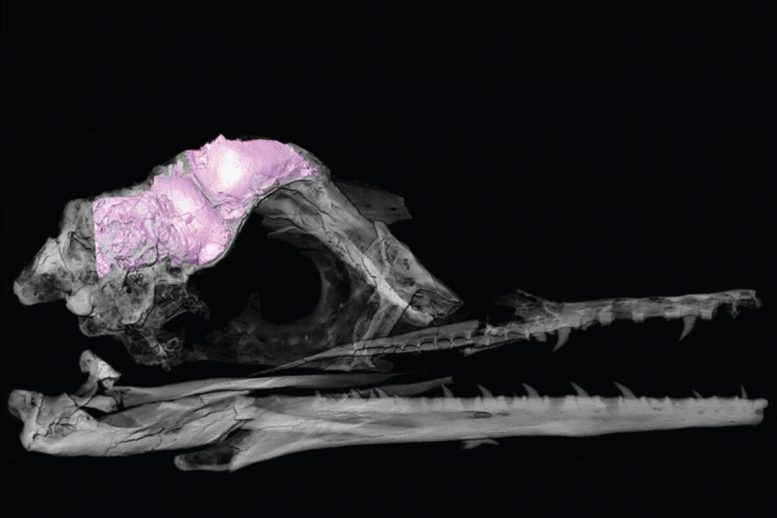The International Space Station gave us a scare this week! A new Russian module was released to be attached to the ISS, and everything went very well until, at the end of the procedures, the module’s thrusters were accidentally activated. The station’s system fixed the problem and everything turned out fine, except for Boeing, which was forced to postpone the launch of the Starliner.
This is just one of the news about astronomy and science that you can check below in our weekly summary!
Want to catch up on the best tech news of the day? Access and subscribe to our new youtube channel, Canaltech News. Everyday a summary of the main news from the tech world for you!
The space tourism sector has barely opened and already poses risks to the Earth’s climate, according to some scientists. The concern is that this market will increase the amount of rocket launches, which means more soot emissions generated by the burning of fuels. In a few decades, this could be a big problem for the planet.
Among the pioneering companies in space tourism are Virgin Galactic and Blue Origin, which have already made their debut flights, carrying their respective founders — billionaires Richard Branson and Jeff Bezos — to space. But little is known about the effect of the emission of pollutants that these companies’ spacecraft leave in the atmosphere, at an altitude of 10 km to 50 km. These are places where there are usually no emissions like these, so scientists are already alert to possible problems.
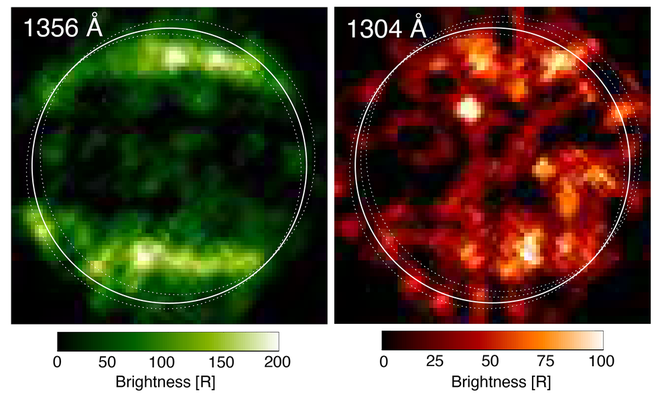
The interior of Ganymede, Jupiter’s largest moon, is a huge reservoir of frozen water. This astronomers already knew, but data from the Hubble telescope showed something new: water vapor in its atmosphere. Images from different times show that this vapor comes from the sublimation of ice, that is, from the change from a solid to a gaseous state.
According to the team that made the discovery, sublimation is caused by the thermal escape of steam from frozen, slightly heated regions. After all, the moon’s temperature varies a lot throughout the day, so probably the region near the equator, when receiving sunlight, gets hot enough for the ice to sublimate some of the water molecules. They deduced this by analyzing ultraviolet images and finding only molecular oxygen, which would have been produced by charged particles that eroded the frozen surface.
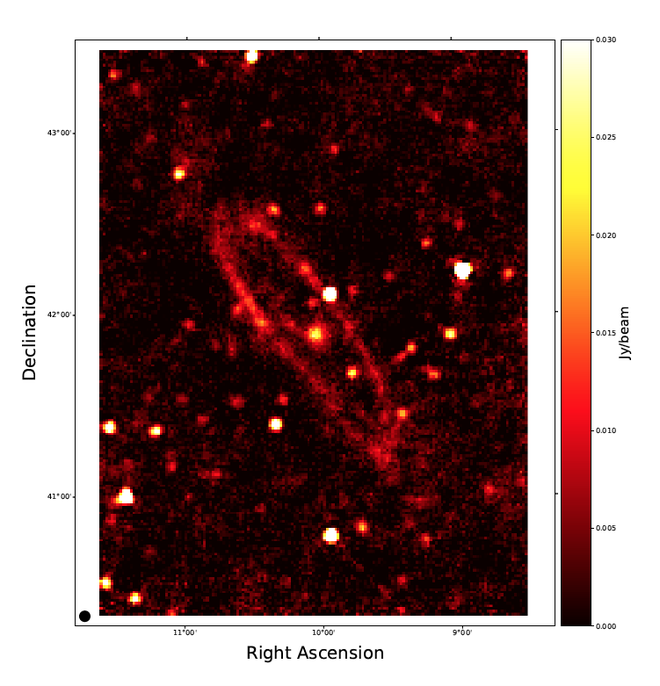
Astronomers have obtained an image of our neighboring galaxy, Andromeda, using radio waves at the frequency of 6.6 GHz. This was a great feat, because the emission at this frequency is very weak, but it allows us to observe particular characteristics of the galaxy. For this, the researchers took 66 hours to map the sky with the Radio Telescope of Sardinia, 64 meters in diameter.
Thanks to this image, the team involved in the study were able to estimate the rate of star formation in Andromeda and produce a detailed map. By combining this new image with those captured before, the researchers hope to advance our understanding of 6.6 GHz wave emissions in Andromeda.
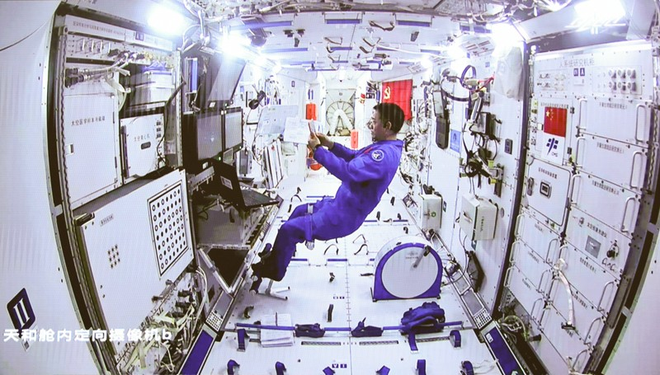
Tiangong-3’s first module, the new Chinese space station, is not only running “full streak” but is already hosting its first scientific experiments. In fact, the China Manned Space Agency (CMSA) division of the China space agency has already approved more than a thousand experiments, and announced that the module is open for collaboration from other countries, including the US.
Since 2011, the United States has been prohibited from collaborating with the Chinese without prior approval from the American “bureaucratic machine”. There are also experiments by 23 institutions from 17 countries, an unprecedented push from China. With this, researchers from these nations will be able to prepare studies, build hardware, and lead to Tiangong-3. Most of the projects already approved are led by Chinese researchers, but several of them have collaborators from other countries.
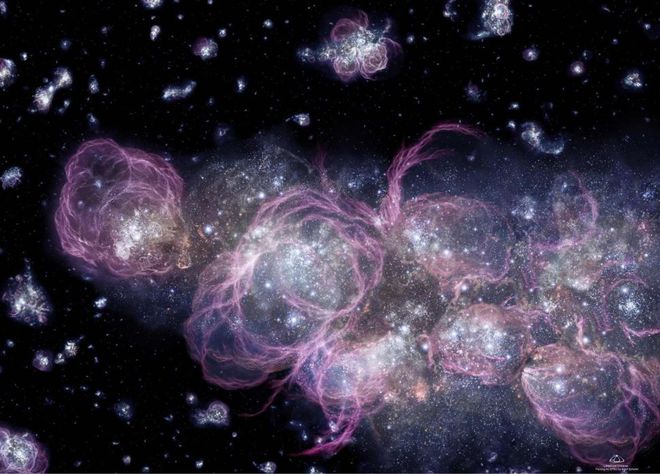
Scientists have found signs of a rare type of supernova that could be largely responsible for the metallicity of the universe. Normally, very old stars created shortly after the Big Bang have a low amount of “metallic” elements (in astronomy this means anything heavier than hydrogen and helium), but one study has shown a star called SMSS J2003-1142 with content of iron about 3,000 times less than that of the Sun, but with high amounts of nitrogen, zinc, europium and uranium.
The low amount of iron means it is chemically primitive, but the other heavy elements show that it definitely has high metallicity. Scientists wanted to know how this is possible, since when it was formed, there were still no mechanisms in the universe capable of producing so many metals. That’s where the mother star that gave rise to SMSS J2003-1142 entered. It rotated rapidly and exploded with energy about ten times that of a “normal” supernova, and scientists had called this extraordinary explosion a magnetorotational hypernova. It took place less than a billion years after the Big Bang.
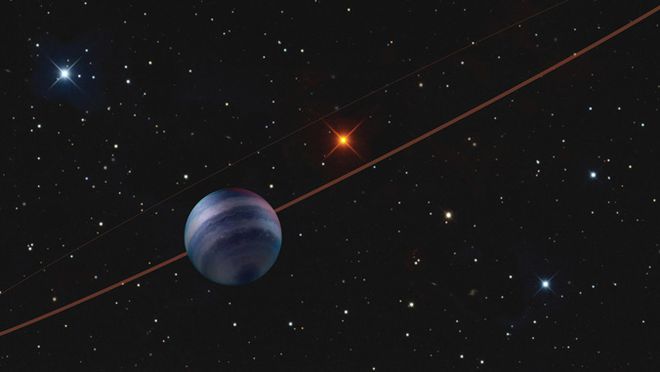
The planet COCONUTS-2b, located just 35 light-years from Earth, is now the closest ever directly observed, as well as being the second coldest. Normally, exoplanets are detected using the transit method, which is when it passes in front of its star, subtly dimming its brightness. But this was not the case with the new discovery — the exoplanet was found through observation in a telescope.
It orbits its COCONUTS-2 star at a distance estimated at 6.4 astronomical units (one astronomical unit is equivalent to the average distance between the Earth and the Sun), meaning it is far from the stellar rays. It is a massive, cold world; in fact, its own star is considered “cold”. Furthermore, the planet is quite young, with an estimated age of just 800 million years.
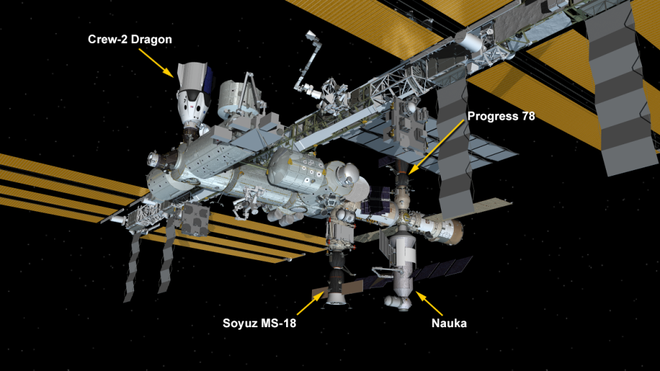
The International Space Station has had a small accident, but is doing fine. Last week, Russia launched Nauka, the new module that was added to the Russian segment of the station, but three hours after completing the docking, its thrusters were triggered unexpectedly. This caused a brief loss of control over the station’s orientation, but everything worked out and the astronauts were not harmed.
At the time of the incident, the orbital lab was tilted 45 degrees from the proper orientation, but the station’s system soon detected that the Nauka’s thrusters were causing the anomaly, and activated the Zvezda module’s motors to compensate for this unexpected movement. Although everything was resolved, the setback affected the plans of the Boeing, as we will see to follow.
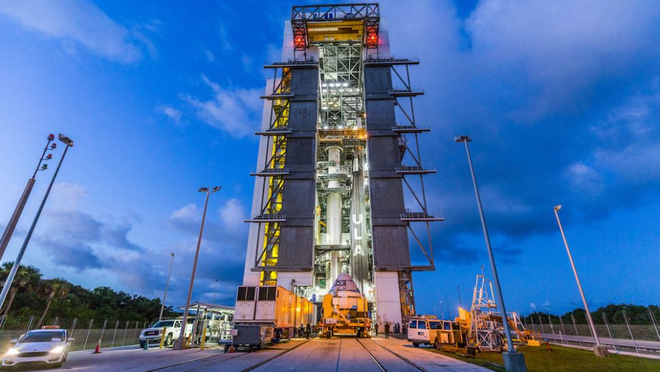
Well, after the accidental activation of the thrusters of the Russian module Nauka, the officers of the NASA and Boeing decided to postpone Starliner’s long-awaited test flight. Now, the Orbital Flight Test 2 mission is scheduled for August 3, at 2:20 pm (Eastern Time). It is worth remembering that since 2019, after the unmanned launch that failed to dock on the ISS, Boeing took a long time to analyze the flaws found in the vehicle and has not yet performed the ultimate test. Starliner should join Crew Dragon from SpaceX, to take astronauts from NASA and other countries into space.
Read too:
Did you like this article?
Subscribe your email on Canaltech to receive daily updates with the latest news from the world of technology.
–
–
–
